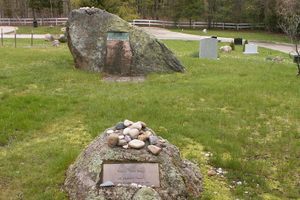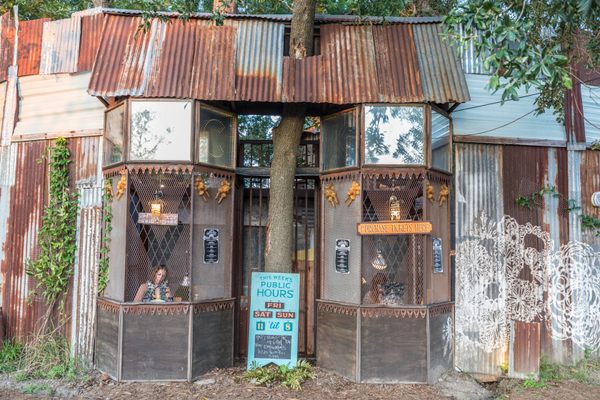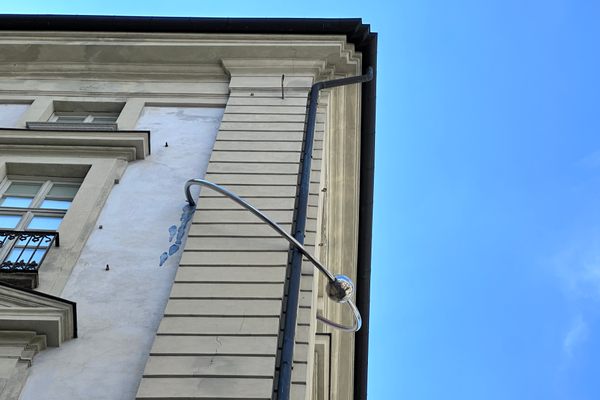About
Built at the turn of the 19th century, the Hayground Windmill was named after its original location in Haye Ground, a village in Bridgehampton on Long Island. The windmill processed the largest net weight of wheat, corn, and oats in the region, operating on a seasonal basis until it was decommissioned in 1919. In its final year, the Hayground Windmill was the last functional windmill on all of Long Island.
After temporarily serving as a tearoom, the Hayground Windmill became the home and studio of Agnes Pelton, a modernist painter whose surreal landscapes have been likened to the work of her better-known contemporary, Georgia O’Keeffe. Pelton moved from Greenwich Village in New York City into the Hayground Windmill in 1921, and she would live and work within its walls for the next decade.
Capitalizing on the solitude of her unusual abode, Pelton was thoroughly influenced by her surroundings; and yet her time living in the Hayground Windmill was perhaps the most socially driven period of her career. It was characterized by an outpour of portraiture—depictions of her friends and neighbors, and summer visitors to the Hamptons. One of her most prominent patrons was Samuel Parrish, the founder of Bridgehampton’s esteemed Parrish Art Museum.
A period of intense introspection in 1926 prompted a shift in Pelton’s oeuvre from portraiture to abstract landscapes. She eventually moved out west to California in 1932, where she took inspiration from the deeply emotive desert-scape. The work she created between 1917 and 1961 will be the subject of a major retrospective at the Whitney Museum of American Art in Manhattan from March through June 2020.
Pelton was long gone from the Hayground Windmill when in 1950, it was purchased by one Robert Dowling and moved via ox cart to his private East Hampton estate. It was placed on the National Historic Register in 1978, and as of the mid-'80s, it was one of only 11 historic wind-powered windmills left on Long Island.
Related Tags
Know Before You Go
The Hayground Windmill still stands on the Dowling estate near the Parrish Art Museum.
Community Contributors
Added By
Published
September 13, 2019





















